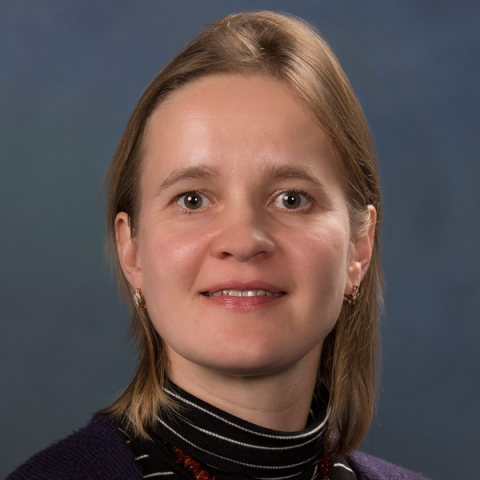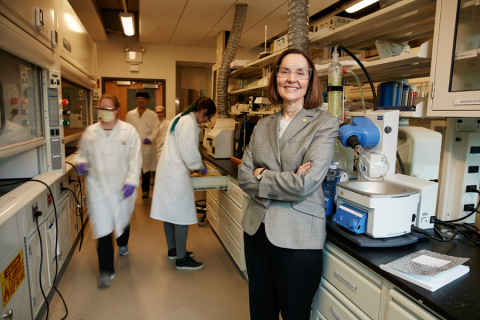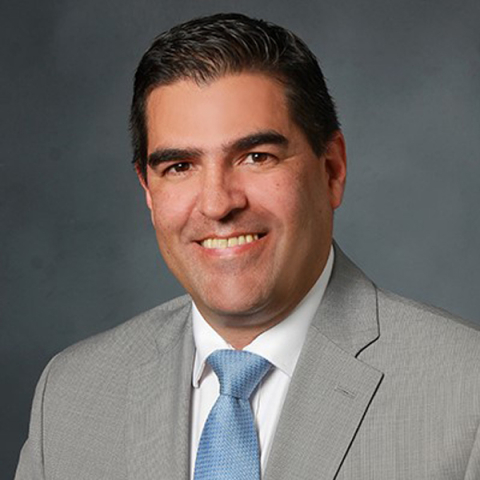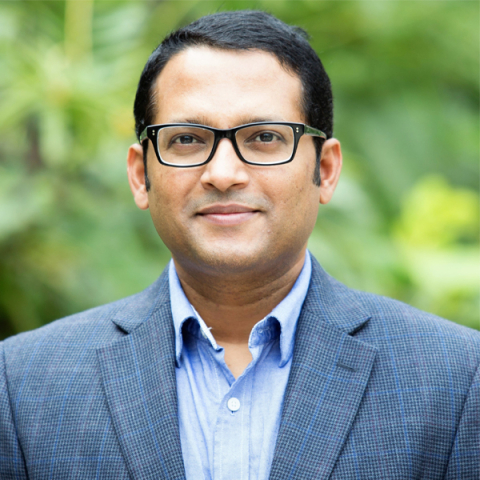RSS







76 scientists — including 26 from National Laboratories — to receive research funding through DOE Office of Science’s Early Career Research Program

Athena Safa Sefat focuses on superconductors to understand the design of quantum materials, to predict the next generation of materials.

Her Early Career Award allowed Evgenya Simakov to focus on understanding how to reduce undesirable states that can disrupt accelerator beams.
The Finals of the DOE National Science Bowl®, that were to take place in early May in Washington, D.C., have moved to a virtual competition.

Magnetite is common, non-toxic, and could be very useful for batteries. Esther Takeuchi and her team are making that potential a reality.

Jean Paul Allain is integrating nanotechnology and materials science to help identify new designs for materials for use in fusion devices.

Jonathan Schilling is studying the enzymatic mechanisms used by Postia placenta, a brown rot fungus to degrade woody biomass.

Through more than a decade of research, Christoph Benning’s team gained major insights into lipids essential for plants’ photosynthetic systems.

Dark matter research requires large, sensitive detectors; Rupak Mahapatra helps to develop Texas A&M’s ton-scale, cryogenic semiconductor detectors.
Studies Seek to Develop New Approaches to Computing Modeled on the Human Brain

